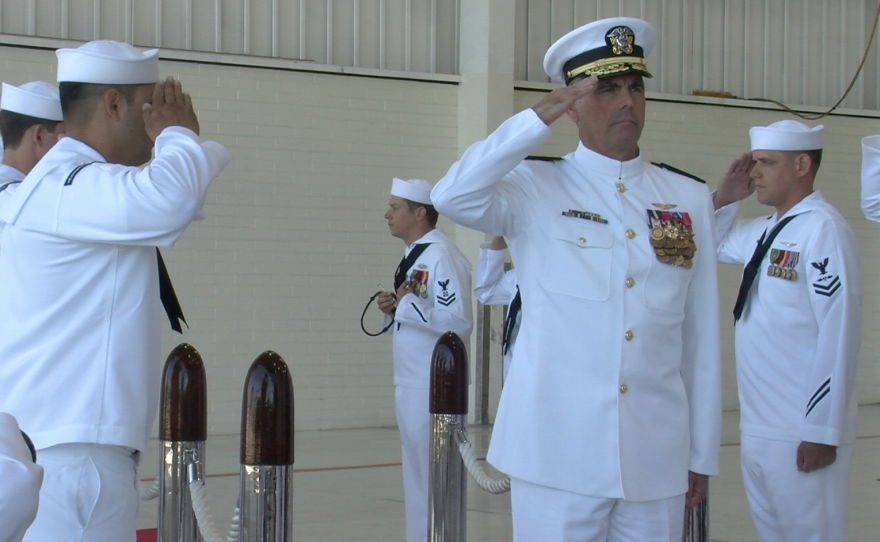Back when Vice Adm. David Buss started his military career in 1978, the idea of unmanned aircraft operating alongside conventional aircraft sounded like something out of a George Lucas film.


"I would have really called that very Star Wars like but we are there today," Buss said.
Indeed, at the North Island Naval Air Station in Coronado, officials welcomed a first-of-its-kind helicopter squadron featuring the FireScout, a remotely piloted vehicle.
The FireScout is bigger than a smart car but not as wide as a sports car and has four 15-foot blades on top. The sqaudron is set to deploy next year to the Western Pacific.
For now, pilots like Lt. Kevin Shikuma will train to operate the FireScout system, so they are fluent in both manned and unmanned aerial vehicles, or UAVs.
"The UAV can stay up for a lot longer than the average pilot can and in this fiscal environment, it's a lot cheaper to operate a unmanned drone that burns a lot of gas than say this large aircraft that takes a lot more gas and maintenance man hours," Shikuma said.
Beyond saving some gas and money, Squadron Commander Chris Hewlett said the FireScout can be crucial in assisting larger manned aircraft on missions.
"If they had made contact while they were out flying around and the crew needed to swap out, we could send the FireScout out and that FireScout would dwell on the contact of interest...," Hewlett said.
The squadron will deploy on the USS Fort Worth, further expanding the Navy's reach. It's a littoral combat ship that can operate in areas where larger ships can't.






